A majestic country estate set in 300 acres of historic parkland in Kent
Grade I-listed Chilham Castle, in Chilham, Kent, graces the market for the first time in 20 years.


One of southern England’s most beautiful country estates, comprising the Grade I-listed, 17th-century Chilham Castle, its medieval keep and its surrounding 300-acre demesne at Chilham, six miles from Canterbury and nine miles from Ashford, has come to the market with a guide price of ‘excess £15 million’ through Knight Frank.
The sale follows the death last July of its high-profile owner, Stuart Wheeler, who bought the castle and estate in a dilapidated state in 2002 and restored the house and gardens at vast expense. ‘In all my years at Knight Frank, this is as good a house as I’ve seen,’ enthuses Will Matthews of Knight Frank, who is handling the sale.
Today, Chilham Castle offers more than 33,000sq ft of luxurious living space on four floors, including cellars, its symmetrical layout perfectly adapted both for comfortable family living and entertaining on a grand scale.
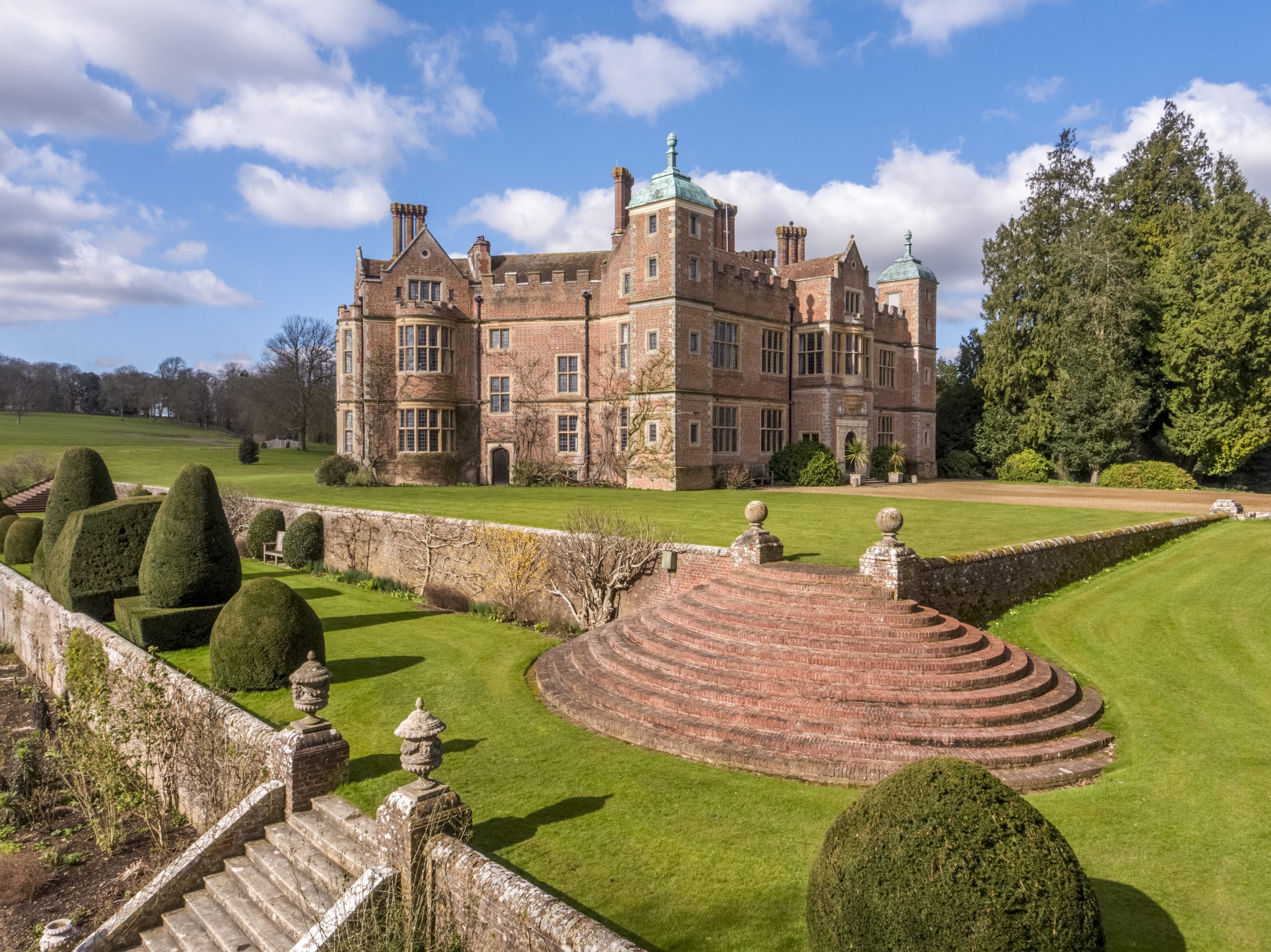
The ground floor boasts a range of impressive formal reception rooms, including the morning room, library, study, card room and dining room, together with the family-friendly kitchen, domestic offices and the striking 1920s marble indoor swimming pool.
The first-floor drawing room is a magnificent reception room and the adjacent master-bedroom suite includes a sitting room, a dressing room and two bathrooms. Also on this floor are five en-suite bedrooms and a TV room.
The second floor provides a large studio room, two en-suite guest bedrooms and two three-bedroom wings with family bathrooms. Most of the main rooms and bedrooms enjoy magical views of the gardens, the historic parkland and the Kent countryside beyond.
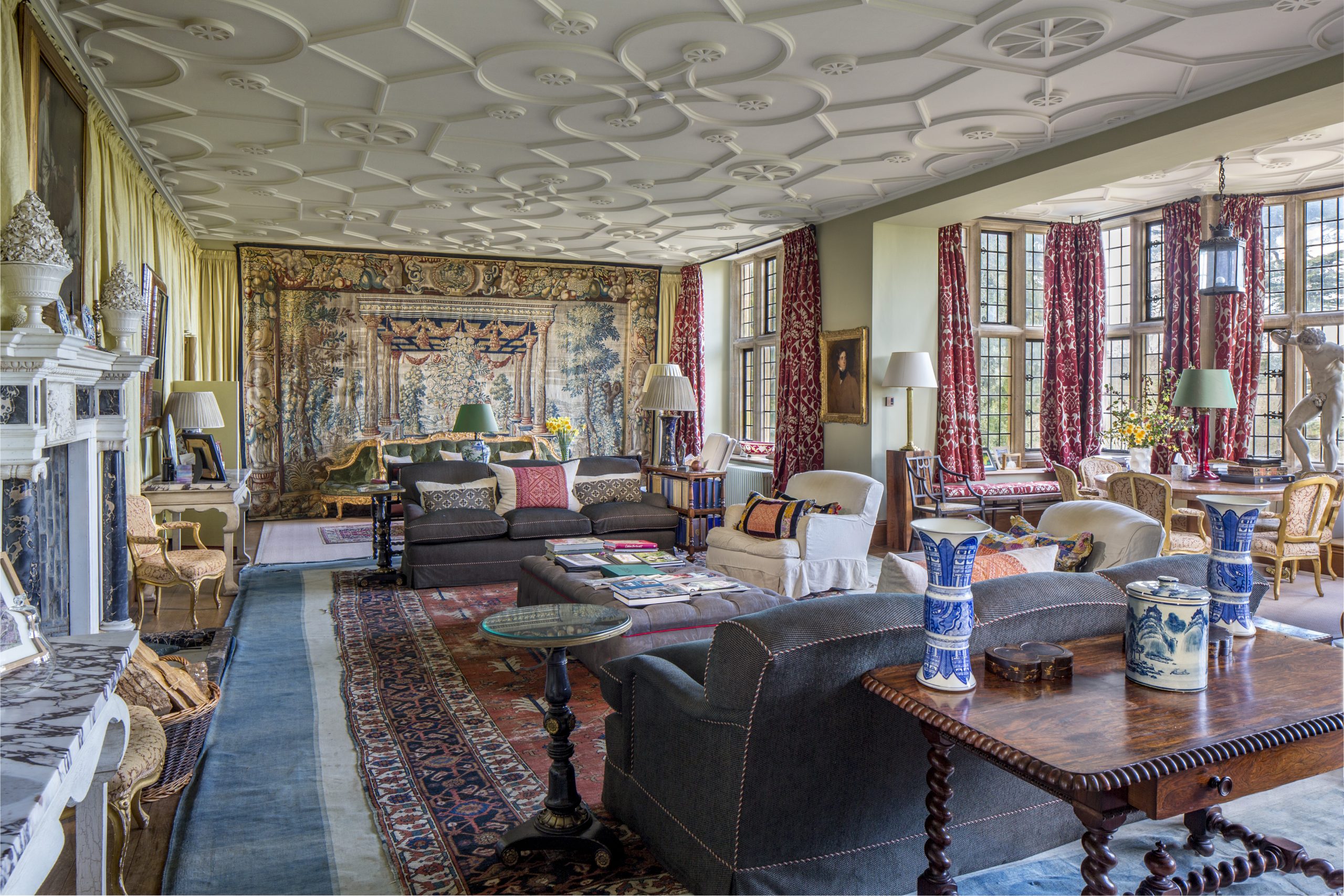
But a key element of the house’s appeal is also its long and fascinating history. According to The History and Topographical Survey of Kent (1798), Chilham was a place ‘of eminent account’ even in ancient times. In 1066, it was held by a noble Saxon, Sired de Cilleham (the name means ‘cold place’), who fought with King Harold at Hastings and forfeited his estate to the Conqueror, who granted it to his own half-brother, Odo, Bishop of Bayeux.
Exquisite houses, the beauty of Nature, and how to get the most from your life, straight to your inbox.
Four years later, on the bishop’s disgrace, it was given to Odo’s tenant, Fulbert. A Norman castle was established at Chilham in the 11th century and completed in the late 12th century.
In about 1522, Henry VIII granted Chilham to Sir Thomas Cheney, treasurer of his household and later Lord Warden of the Cinque Ports, who lived at Chilham ‘having added much to the grandeur of the buildings’. However, he later moved to his manor of Shurland on the Isle of Sheppey where he built himself a ‘noble mansion’ using materials taken from Chilham, which was then sold to Sir Thomas Kempe.
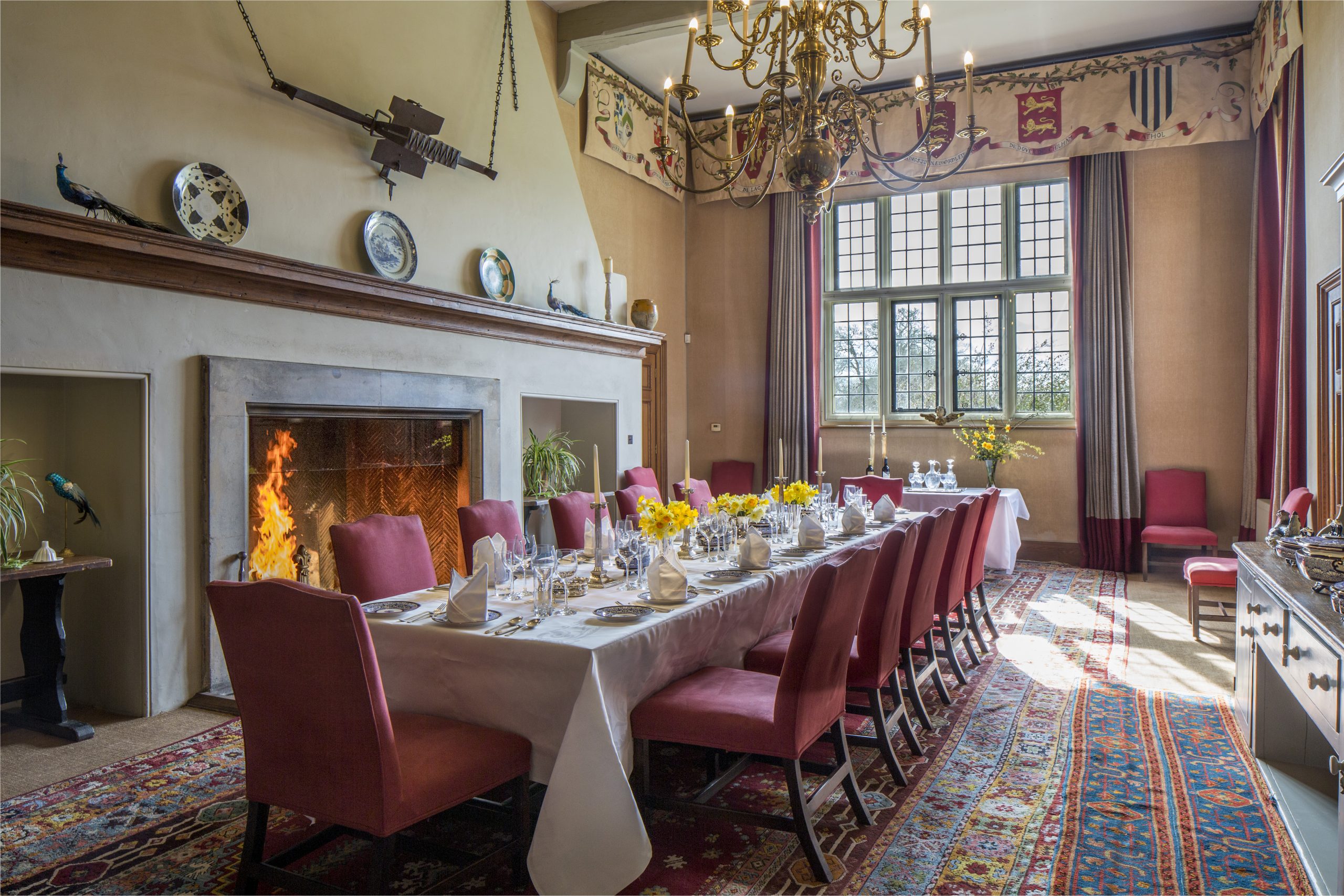
Kempe’s granddaughter, Mary, married Sir Dudley Digges, who demolished what remained of the former building and built the present house between 1612 and 1616. Although its Italian Renaissance style was fashionable at the time, its hexagonal shape of five angled ranges with the sixth left open could well be unique and may reflect the influence of Sir Dudley’s father and grandfather, who were mathematicians of international renown.
It may also reflect the Digges family’s association with Shakespeare (Sir Dudley’s stepfather was the overseer of Shakespeare’s will), in that the Bard’s Globe Theatre was also a polygon, with a hollow core. Ten families have lived at Chilham Castle since 1616, all of whom have made alterations, some more than others.
In the course of the first 300 years, the castle passed through the hands of five families, but, ultimately, it was mining magnate and art collector Sir Edmund Davis, who, having bought the castle in 1918, shaped much of the building as it stands today. He employed the celebrated architect Sir Herbert Baker to re-create the 17th-century original by removing some of the Georgian and Victorian accretions made by previous owners.

Outside, Chilham’s wonderful gardens and ground are feature lush terraced lawns, colourful herbaceous borders and meticulously trimmed topiary to the south of the house. Alongside the terraces are a statue garden and a large kitchen garden with garden buildings and glasshouses, below which are two Astroturf tennis courts, set at 90 degrees to each other to allow play regardless of the position of the sun. Beyond these, an arboretum leads down to the three-acre lake, from where there are breath-taking views back to the castle over the Taittinger-planted vineyard.
The gardens, originally laid out for Sir Dudley by John Tradescant the Elder, were redesigned twice in the 18th century. Firstly, by the London banker James Colebrooke—who bought the estate from the Digges family and had fine vistas created, stretching down to the river—then under lawyer Thomas Heron, who acquired the estate in 1774, and, in 1777, consulted Capability Brown about improving the park and gardens.
Brown’s main proposals involved remodelling the sloping ground close to the castle and moving the outbuildings. Overall, the designer thought that only limited work was needed to improve the landscaping around the castle and—the 18th-century ideal—‘its most beautiful view over the Ashford vale, through which the River Stour directs its course; a vale which comprehends within it a most beautiful scene, ornamented with seats, parks, towns and churches’ (History of Kent).
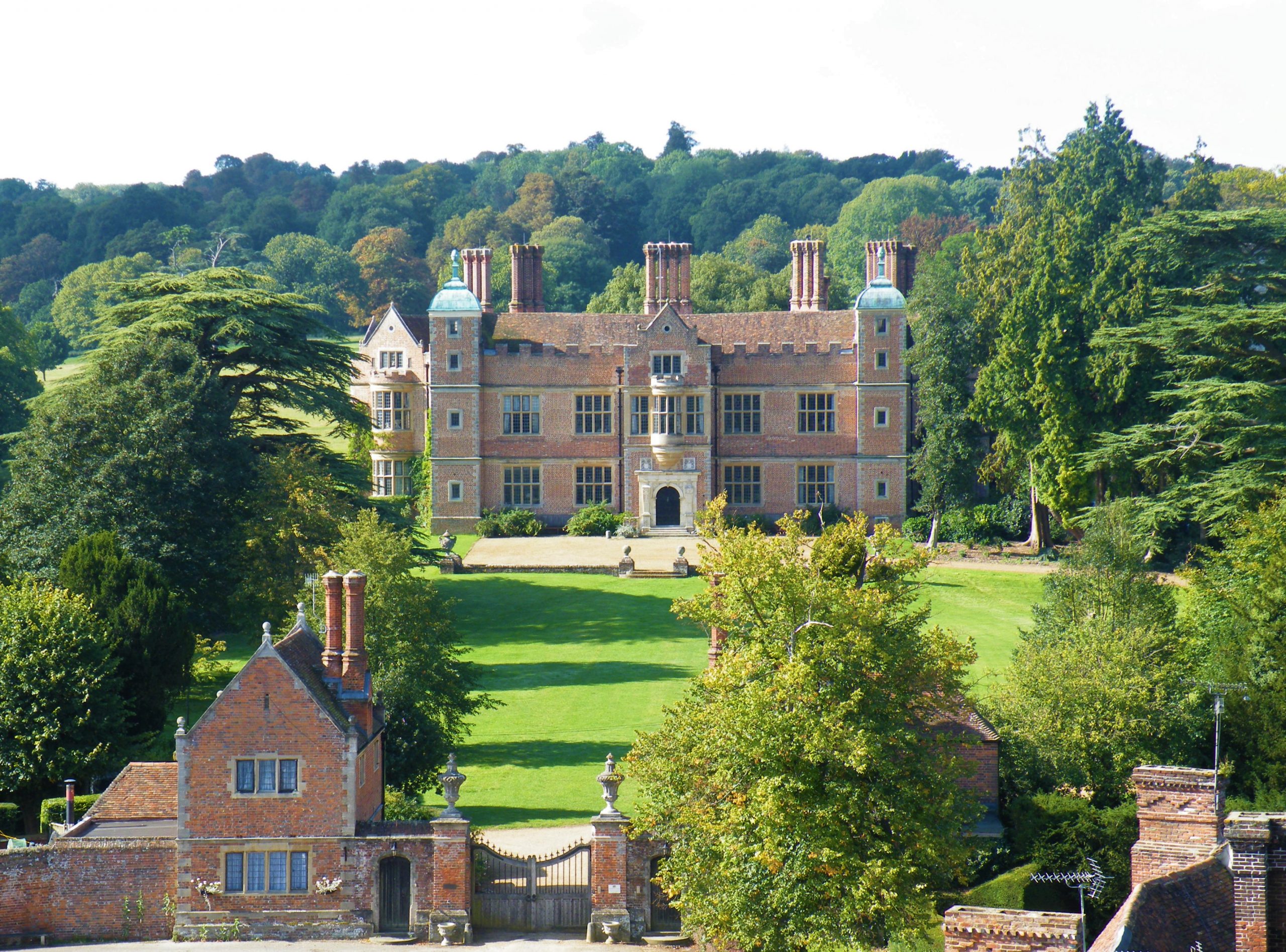
Also on the grounds are outstanding equestrian facilities (the late Mrs Wheeler’s area of special interest): situated off the back drive, they include a U-shaped stable block, a flood-lit outdoor school, various buildings and a large storage barn. Flanking the front gates are two Grade II-listed lodges, recently renovated and previously successfully let. If required, two further estate cottages could be available by separate negotiation.
Chilham Castle is for sale at a guide price of excess £15 million’ via Knight Frank — see more pictures or enquire with the agent for further details.
Chilham: What you need to know
- Location:Chilham is halfway between Canterbury and Ashford and 45 minutes by train from London
- Atmosphere: Chilham’s long history is not only evident at the Castle, but also in the Church of St Mary, where Thomas Becket is thought to be buried. The village, which featured in films such as A Canterbury Tale, Emma, Miss Marple and Poirot has many pretty period houses, including the 15th century village hall, plus two pubs, a restaurant and tea shop, post office and gift shop
- Things to do: Chilham has a tennis club, sports centre and children’s playground. The nearby longbarrow of Julliberrie's Grave is well worth visiting and there are a lot of lovely walks in the area. Badgers Hill Farm and Cidery is a hit with children and adults alike.
- Schools: St Mary's C of E Primary School, in the village, is rated Good by Ofsted. Plenty of independent school options are available in Canterbury. Find more properties in the area.

Credit: Strutt and Parker
Best country houses for sale this week
An irresistible West Country cottage and a magnificent Cumbrian country house make our pick of the finest country houses for
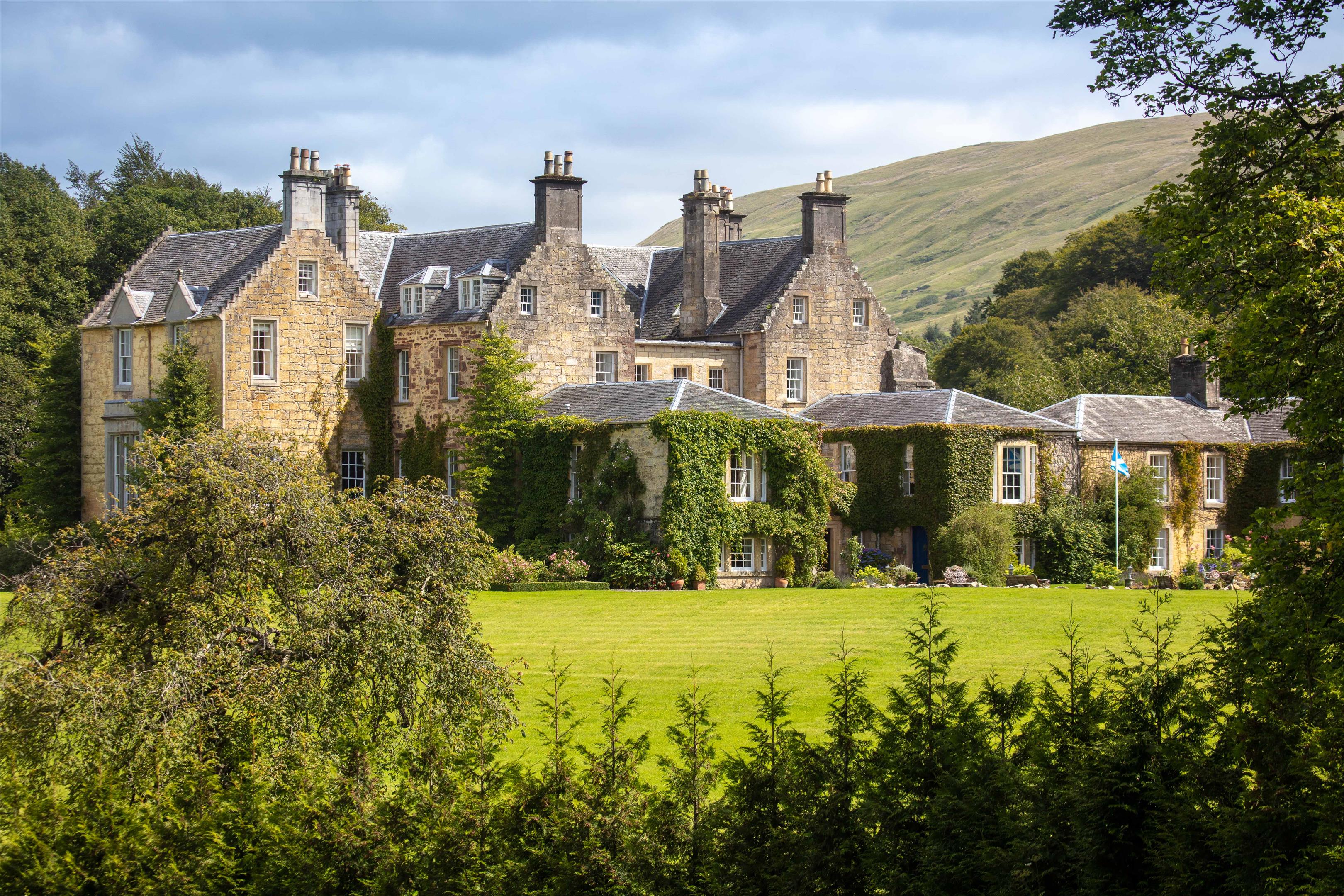
Spectacular Scottish castles and estates for sale
A look at the finest castles, country houses and estates for sale in Scotland today.

